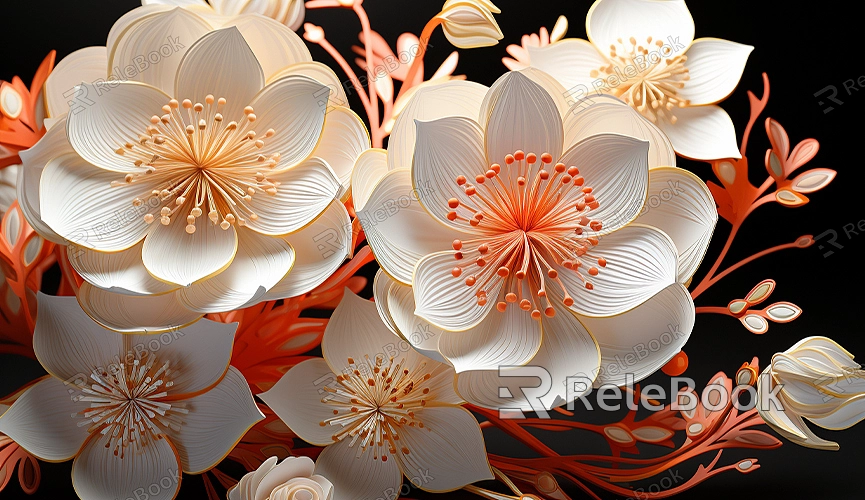Blender apply texture to multiple objects
Applying textures to multiple objects in Blender is a common yet crucial operation, enhancing not only individual objects with more details but also creating cohesive or complementary visual effects across multiple entities. This technique holds significant importance in 3D modeling and scene design, harmonizing entire scenes for more realistic rendering. Let's explore the diverse applications of applying textures to multiple objects in Blender.

1. Urban Streetscapes: Constructing a city street model allows for applying the same brick texture across multiple buildings. This not only unifies the architectural style of the street but also adds unique characteristics to each building, such as texture details like cracks and color variations.
2. Forest Environments: When creating forest scenes, using the same leaf texture on different tree models ensures harmony throughout the forest while variations in tree heights and shapes create natural diversity.
3. Interior Design: Simulating home interiors by applying the same wooden texture to various furniture pieces (tables, chairs, cabinets) creates a consistent and cozy home environment. The warm texture of wood adds comfort and coziness to the space.
4. Mechanical Components: Designing machinery or robots with the same metal texture applied to their components gives the entire machinery a sturdy and advanced appearance. Scratches and wear effects on the metal texture add detail to the machinery's usage history.
5. Military Vehicle Fleet: Simulating military vehicles by applying consistent camouflage textures not only enhances unity within the fleet but also introduces varying wear and tear details to each vehicle, increasing authenticity.
6. Fashion Runway: When designing a fashion show, applying the same fabric texture to different garment designs showcases uniformity across the collection. Different styles presented under the same texture exhibit diverse styles and aesthetic appeal.
7. Historical Scene Recreation: Recreating historical scenes like ancient Roman squares by applying the same marble texture to multiple sculptures and buildings effectively reproduces the architectural style of that era. The texture and gloss of marble add classical beauty to the scene.
8. Virtual Reality Games: In virtual reality game scene design, applying unified textures (such as rocks, terrain, vegetation) to different environmental elements creates a cohesive and immersive gaming world. Texture commonalities and differences enhance visual experiences and aid players in distinguishing various environments.
Applying textures to multiple objects in Blender isn't overly complex, but it requires skill and attention to detail. Balancing overall unity while preserving each object's uniqueness is a crucial aspect when working with textures.
For instance, when designing a real-time strategy game map, varying textures on the ground represent different terrains like grasslands, dirt, and sands between areas. Using different textures or making subtle adjustments to the same texture ensures differentiation without losing coherence, allowing strategic gameplay for players.
In cinematic visual effects production, applying textures to multiple objects is pivotal. Imagine a scene of an alien planet where similar textures are applied to the ground, rocks, and organisms; this not only depicts the alien environment's heterogeneity but also highlights the planet's unique ecosystem.
In fashion design software, designers can preview the entire collection's effect by applying the same fabric texture to different garment styles, saving time and ensuring consistency in style.
In summary, texture application in Blender doesn't just enhance individual model renderings but also creates visual harmony across multiple objects. Whether in gaming, film, architecture, or fashion design, utilizing textures correctly significantly enhances the overall impact and quality of creations. For numerous high-quality textures and HDRI, you can download them from Relebook for direct importation into your models after downloading.

